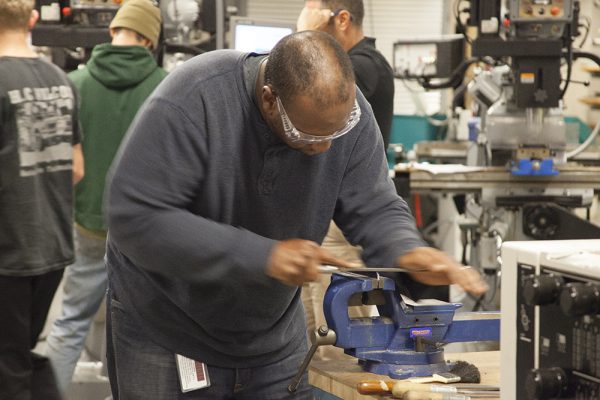UConn Analysis Has Role in Ensuring Integrity of State Elections
/Little known even by University of Connecticut advocates across the state, the flagship university’s Voting Technology Research Center (VoTeR) advises the state on the use of election technology, investigates voting solutions and voting equipment, and develops and recommends safe-use procedures for electronic systems used in the electoral process. VoTeR will be at it again as a follow-up to Election Day, analyzing the technology and tabulations, as they’ve done before.
The Center’s website notes that “starting in 2008 the Center has performed technological audits and assisted in the hand-counted audit procedures in all statewide elections in Connecticut.” Stated goals are “to ensure the integrity of the election outcomes conducted with electronic voting systems and to continuously assess the security and dependability of such systems.”
Alexader Russell, a Professor of Computer Science and Mathematics at the University of Connecticut, leads the Center. He holds a B.A. from Cornell University and both an M.S. and a Ph.D. from the Massachusetts Institute of Technology.
The mission of the VoTeR Center is to advise state agencies in the use of electronic election technologies, to investigate voting solutions and voting equipment, and to develop and recommend safe use procedures for electronic systems used in the electoral process.
“Of course, the most sensational attack against an electronic voting system is one which undetectably changes the reported outcome of an election,” Russell recently told UConn Today. “While the James Bond-appeal of these attacks elevates them to a common topic of conversation, the fact of the matter is that along the spectrum of various attacks those are comparatively difficult, expensive, and high-risk.”
A 2014 study published in the Journal of Election Technology and Systems concluded that “audits are a critical procedural component of the electoral process to guarantee the proper conduct of an election.” The study, by Laurent D. Michel, Alexander A. Shvartsman and Nikolaj Volgushev of the Center, noted audits “can be valuable in the forensic analysis of data collected from voting terminals” used during an election. The system referenced in the study “was rigorously tested against several thousand event logs collected in real elections in the State of Connecticut.”
The statistical analysis of the post-election audit data for the November 2016 presidential election undertaken by the Center was released earlier this year, in June. The analysis of 615 records “revealed no indication suggesting inaccuracy in the tabulator counts in the audited districts.” The analysis, of 10 percent of the districts randomly selected by the Office of the Secretary of the State, was performed at the request of that office which oversees Connecticut elections in conjunction with municipal officials.
The analysis indicated that “445 records (72.4%) show no discrepancy, 85 records (13.8%) show discrepancy of 1 vote. There are 58 records (9.4%) showing a discrepancy of 2 or 3 votes; 14 records (2.3%) showing a discrepancy of 4 to 6 votes; 6 records (1%) showing a discrepancy of 7 to 10 votes; 3 records (0.5%) showing a discrepancy of 11 to 20 votes and 4 records (0.6%) showing a discrepancy of more than 20 votes.”
“The main cause for discrepancies between the hand and machine counts,” the review concluded, “appears to be human error in counting as reported by the auditors.”
Steps like training voting staff in best practices, and teaching them what to look out for in terms of suspicious activity, are key to safeguarding the entire voting system, UConn Today reported, indicating that Russell believes Connecticut has done a good job in these areas.
“One present difficulty is that vendors are primarily focused on functionality and ease-of-use rather than security,” Russell added. “In fact, we even lack clear standards for exactly what ‘security’ means for voting equipment.”
Connecticut makes certain that optical scan tabulators are not connected to the internet, and that each town performs logic and accuracy testing before each election or primary, to ensure that the voting equipment and ballots accurately collect the votes and tabulate the results, he noted.
More than 20 states – including Connecticut - faced cybersecurity threats in the 2016 election.


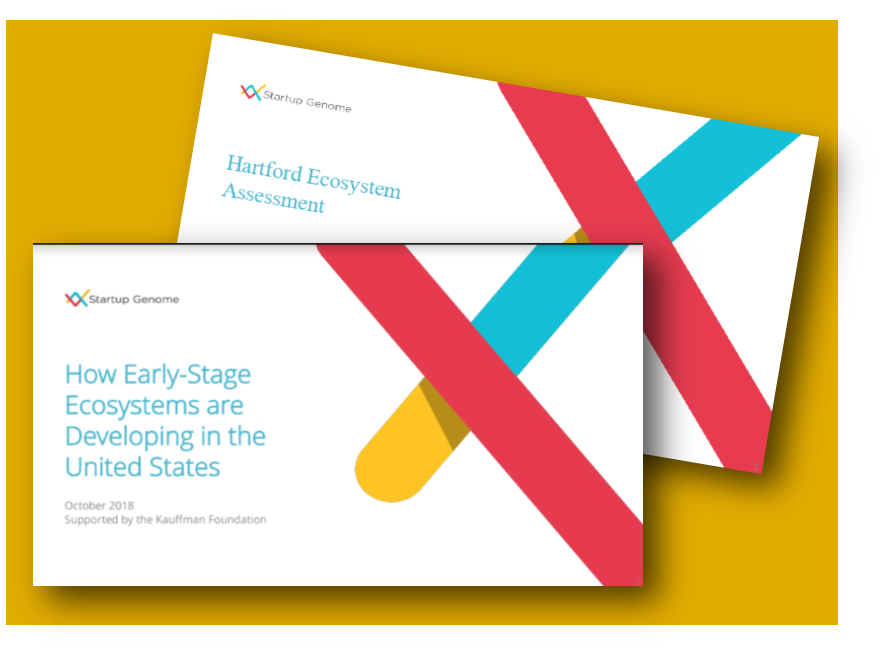

 The comprehensive assessment of Hartford’s ecosystem also noted that “Hartford’s [startup] founders claim to have the right ambition to go global,” concluding that “Hartford’s startups have more potential to strengthen Global Market Reach and Global Connectedness.” In a number of areas analyzed in the assessment, Hartford is seen as having potential to strengthen the local startup community, its reach beyond Hartford, and the demographic of startup teams.
The comprehensive assessment of Hartford’s ecosystem also noted that “Hartford’s [startup] founders claim to have the right ambition to go global,” concluding that “Hartford’s startups have more potential to strengthen Global Market Reach and Global Connectedness.” In a number of areas analyzed in the assessment, Hartford is seen as having potential to strengthen the local startup community, its reach beyond Hartford, and the demographic of startup teams.




 The VentureClash competition started with applications from 300 companies from more than 15 countries. After two rounds of judging, nine finalists were named, and they then went on to compete at the live pitch event. The judges included investors and subject-matter experts from Greycroft Partners, Oak HC/FT, Real Ventures, Stanley Ventures, Teamworthy Ventures, Travelers and the Royal Bank of Scotland.
The VentureClash competition started with applications from 300 companies from more than 15 countries. After two rounds of judging, nine finalists were named, and they then went on to compete at the live pitch event. The judges included investors and subject-matter experts from Greycroft Partners, Oak HC/FT, Real Ventures, Stanley Ventures, Teamworthy Ventures, Travelers and the Royal Bank of Scotland.


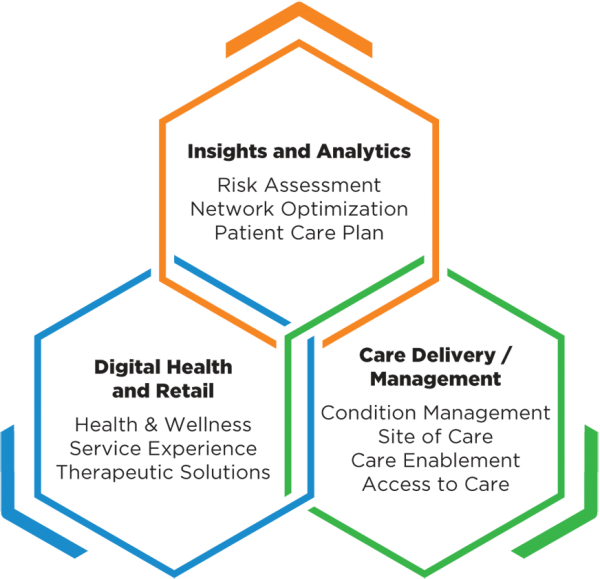 Companies in the portfolio, according to published reports, include Omada Health, a digital therapeutics company treating chronic diseases; Prognos, a predictive analytics company for healthcare; Contessa Health, a home-patient care service; Mdlive, which provides remote health consultations; and Cricket Health, a special kidney care provider.
Companies in the portfolio, according to published reports, include Omada Health, a digital therapeutics company treating chronic diseases; Prognos, a predictive analytics company for healthcare; Contessa Health, a home-patient care service; Mdlive, which provides remote health consultations; and Cricket Health, a special kidney care provider.



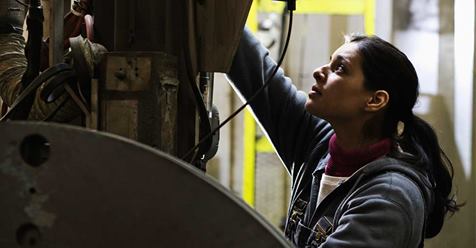 Timex
Timex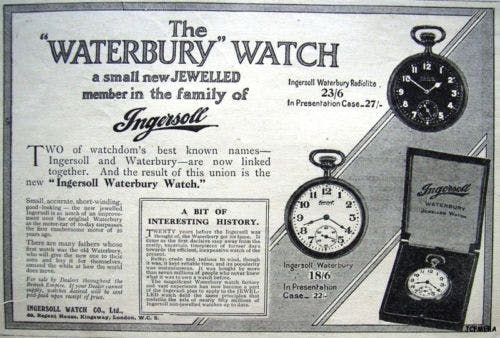


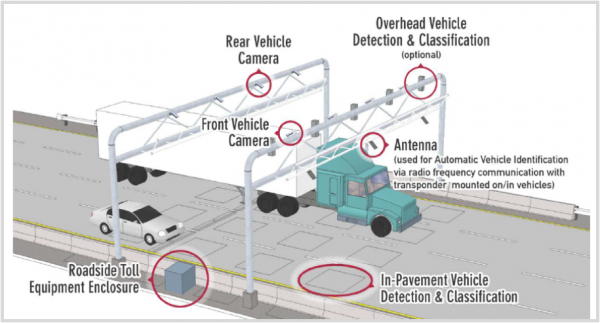
 The Indianapolis Star reported earlier this summer that the state signed a $9.6 million contract with HNTB Indiana Inc. to study the impact of tolling and provide project planning if the state chooses to move forward with tolling. The administration of Gov. Eric Holcomb is required to study tolling under a road-funding plan lawmakers passed in 2017, but a decision has not been made on whether the state will go forward with authorizing a tolling plan, according to published reports.
The Indianapolis Star reported earlier this summer that the state signed a $9.6 million contract with HNTB Indiana Inc. to study the impact of tolling and provide project planning if the state chooses to move forward with tolling. The administration of Gov. Eric Holcomb is required to study tolling under a road-funding plan lawmakers passed in 2017, but a decision has not been made on whether the state will go forward with authorizing a tolling plan, according to published reports.
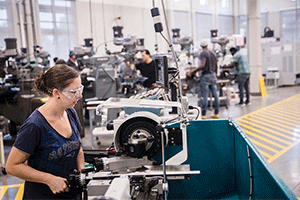
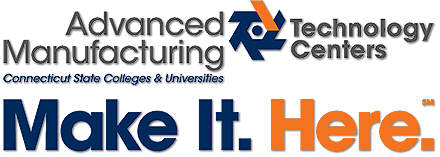 The state currently operates advanced manufacturing programs at Asnuntuck, Housatonic, Manchester, Middlesex, Naugatuck Valley, Quinnebaug Valley and Three Rivers community colleges.
The state currently operates advanced manufacturing programs at Asnuntuck, Housatonic, Manchester, Middlesex, Naugatuck Valley, Quinnebaug Valley and Three Rivers community colleges.